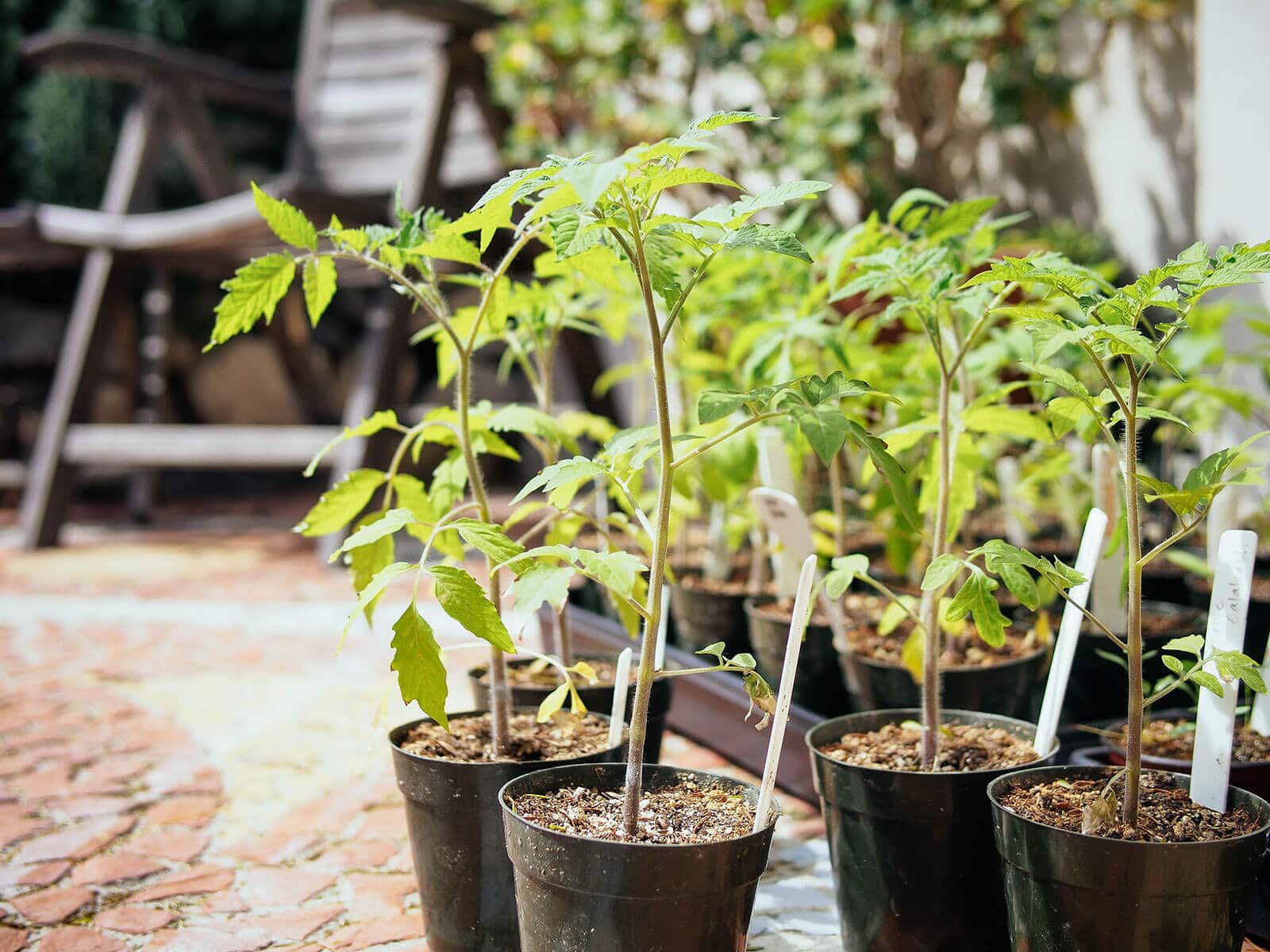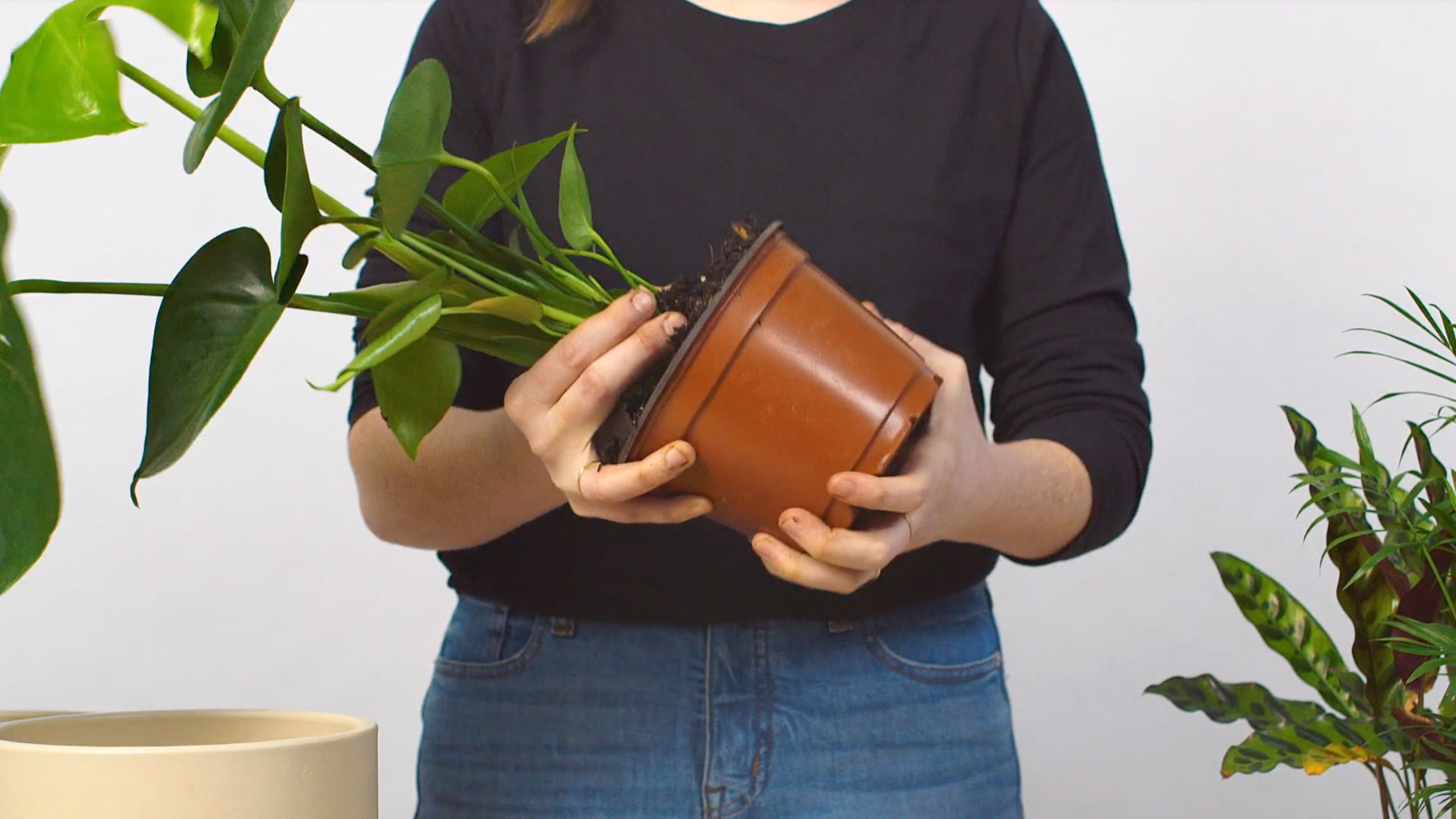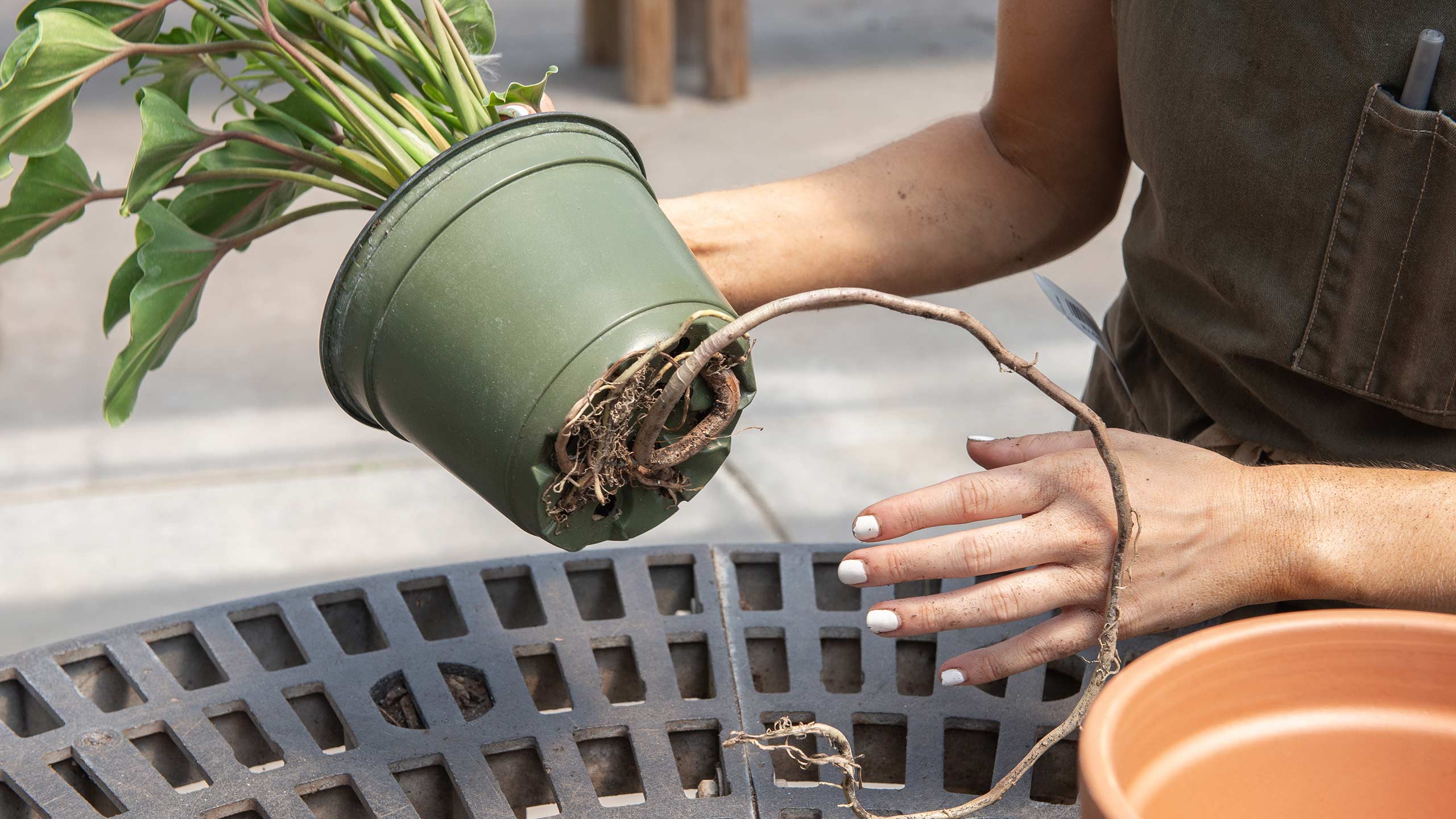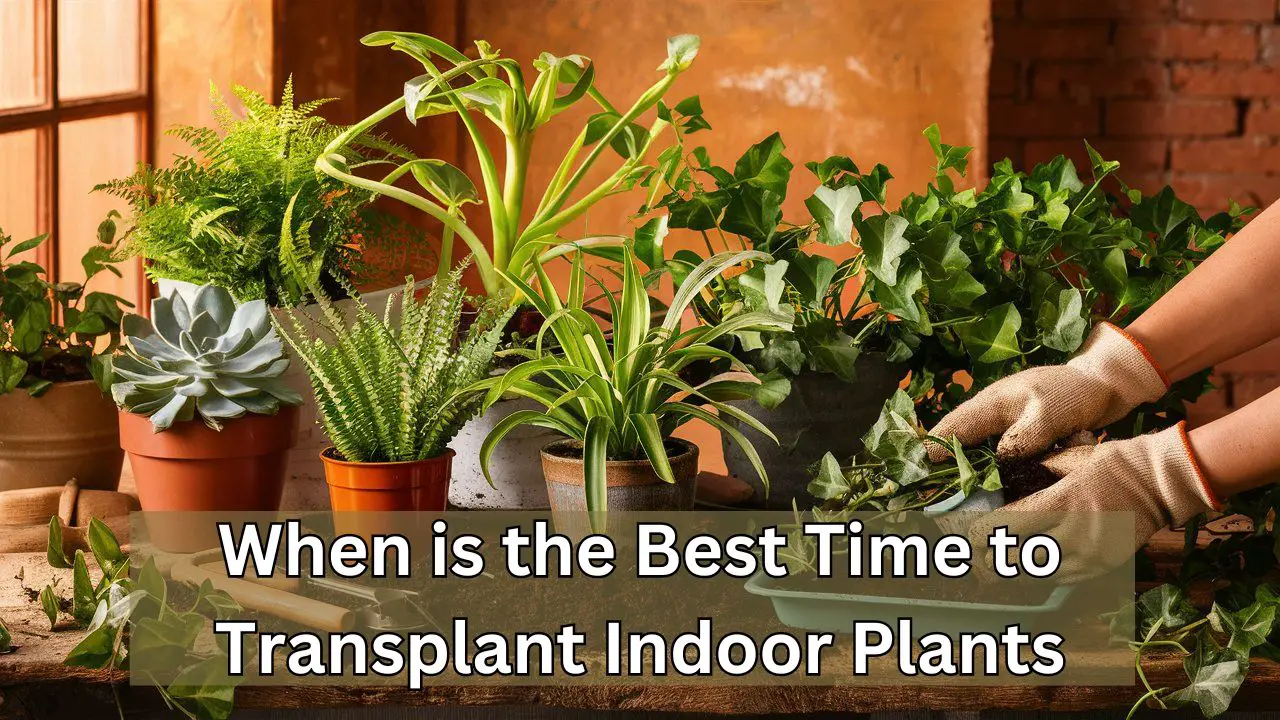The best time to transplant indoor plants is during early spring or late winter. These periods allow plants to adjust before active growth.
Transplanting indoor plants can seem daunting but is essential for their health. Early spring and late winter offer optimal conditions. Plants are less stressed and can establish roots before the vigorous growth season. Choose a larger pot with good drainage.
Ensure the new soil is rich in nutrients. Gently remove the plant, avoiding root damage. Water thoroughly after transplanting. This ensures the plant adapts quickly to its new environment. Regularly monitor the plant for any signs of stress. Proper care during this time will promote healthy growth and vibrant foliage. Transplanting at the right time can significantly enhance plant health and longevity.
Introduction To Indoor Plant Transplantation
Indoor plants bring life and color to our homes. They need proper care to thrive. One essential aspect is knowing when to transplant them. Transplantation gives plants more room to grow and access to fresh nutrients. This process ensures they remain healthy and vibrant.
The Importance Of Timely Transplantation
Transplanting indoor plants at the right time is crucial. It prevents root-bound conditions, where roots outgrow their pots. This can cause stunted growth and poor health. Timely transplantation allows roots to expand and absorb more nutrients. It also helps prevent soil depletion, ensuring plants get fresh, nutrient-rich soil.
Another benefit of timely transplantation is improved air circulation around the roots. This reduces the risk of diseases and pests. Proper spacing in a new pot ensures better airflow and overall plant health.
Signs That Your Plant Needs A New Home
Recognizing the signs that your plant needs a new home is vital. Here are some indicators:
- Roots Growing Out of Drainage Holes: Roots visible at the bottom of the pot.
- Slow Growth: The plant shows little or no new growth.
- Yellowing Leaves: Leaves turn yellow despite proper care.
- Soil Dries Quickly: Soil dries out faster than usual after watering.
- Top-Heavy Plant: The plant becomes too large for its current pot.
Addressing these signs promptly can save your plant from stress. It ensures continued growth and vitality.

Credit: gardenbetty.com
Assessing Plant Health And Growth
Transplanting indoor plants can be tricky. Knowing the right time is key. Assessing plant health and growth is crucial. Let’s explore the signs and growth patterns.
Key Indicators Of Plant Readiness
Several signs show if a plant is ready for transplanting:
- Root Bound: Roots circle the pot’s edge.
- Yellowing Leaves: Leaves turn yellow or drop.
- Slow Growth: Growth slows or stops.
- Dry Soil: Soil dries quickly after watering.
Growth Patterns And Pot Constraints
Plants grow differently based on their environment. Recognizing these patterns helps:
| Growth Pattern | Indicators |
|---|---|
| Fast Growth | Leaves appear rapidly, plant seems crowded. |
| Slow Growth | Little to no new leaves, stunted appearance. |
| Root Bound | Roots visible through drainage holes. |
Pot constraints limit plant growth. Roots need space to spread. Ensure the new pot is larger. This promotes healthy growth.
Seasonal Considerations For Transplanting
Seasonal Considerations for Transplanting are crucial for the health of your indoor plants. Understanding the best time to transplant can help your plants thrive. Different seasons offer various benefits and challenges for plant transplantation.
Spring: A Time For Renewal
Spring is often the best season for transplanting indoor plants. The weather is mild, and days are getting longer. Plants start to grow actively. This active growth helps them recover quickly from the stress of transplanting. Warmer temperatures and increased sunlight also boost plant health.
During spring, the soil is more manageable. The softer soil makes it easier to move plants without damaging roots. Spring showers provide natural watering, which helps newly transplanted plants establish. Make sure to transplant before the heat of summer begins.
Why Winter Isn’t Ideal
Winter is not a good time for transplanting indoor plants. Plants enter a dormant phase during winter. They focus on conserving energy rather than growing. This makes it hard for them to recover from the stress of transplanting.
The colder temperatures can also be harmful. Cold air and dry indoor heat can stress plants. Limited sunlight during winter months further reduces growth. All these factors make winter a less favorable time for transplanting.
Summary Table:
| Season | Pros | Cons |
|---|---|---|
| Spring |
|
|
| Winter |
|
|
Lifecycle Stages And Transplant Timing
Transplanting indoor plants at the right time is crucial for their growth. Understanding the lifecycle stages helps ensure your plants thrive. Transplant timing varies based on whether the plant is a seedling or mature.
Seedling Care And Early Transplants
Seedlings are delicate and need special care. They should be transplanted when they have at least two sets of true leaves. This stage indicates they are strong enough to handle the move.
Use a small pot with fresh soil. Make sure the pot has good drainage. Water the seedlings well before transplanting. Gently remove the seedling with its root ball intact. Place it in the new pot and water lightly.
Mature Plant Transplantation
Mature plants require different care when transplanting. They should be moved when they outgrow their current pot. Signs include roots growing out of the drainage holes or soil drying out quickly.
Choose a pot that is 1-2 inches larger in diameter. Use a soil mix suitable for the plant type. Water the plant thoroughly a day before transplanting. Remove the plant gently, keeping the root ball intact. Place it in the new pot and fill with fresh soil. Water the plant and place it in its usual spot.
Transplanting at the right time ensures your plants continue to grow healthy and strong.
Types Of Indoor Plants And Their Specific Needs
Understanding the specific needs of your indoor plants is crucial. Different plants require different care. Knowing these differences helps ensure their healthy growth.
Foliage Vs. Flowering Plants
Foliage plants like Monstera and Pothos focus on leaf growth. They thrive in indirect light and need moderate watering. Transplant them in early spring when they start to grow actively.
Flowering plants such as African Violets and Orchids need more care. They require bright, indirect light and regular feeding. Transplant them after their blooming cycle ends. This helps avoid disturbing their flowering period.
Cacti And Succulents: Special Cases
Cacti and succulents are unique indoor plants. They store water in their leaves and stems, needing less frequent watering. These plants prefer bright light and well-drained soil. The best time to transplant them is during their active growth phase in late spring or early summer.
Ensure the new pot has drainage holes to prevent waterlogging. Use a specialized soil mix designed for cacti and succulents. This promotes better root development and prevents root rot.

Credit: www.thesill.com
Preparing For The Transplant
Transplanting indoor plants can feel daunting. But with the right preparation, it becomes easy. This guide will help you through each step.
Choosing The Right Pot
Selecting the right pot is crucial for your plant’s health. The new pot should be slightly larger than the current one. This gives the roots more room to grow.
- Material: Choose ceramic, plastic, or terracotta pots.
- Size: The pot should be 1-2 inches larger in diameter.
- Drainage: Ensure the pot has drainage holes.
Soil Selection And Preparation
Using the right soil mix is essential for plant growth. The soil should be well-draining and rich in nutrients.
- Type: Use a potting mix specific to your plant type.
- Ingredients: Look for soil with perlite, peat moss, and compost.
- Preparation: Moisten the soil before use.
| Plant Type | Recommended Soil |
|---|---|
| Succulents | Sandy, well-draining soil |
| Orchids | Bark-based mix |
| Ferns | Peat-based mix |
Executing The Transplant
Transplanting indoor plants requires careful steps to ensure plant health. This guide will help you execute the transplant effectively. Follow these steps to give your plants the best chance to thrive.
Step-by-step Transplant Process
- Prepare the New Pot: Choose a pot slightly larger than the current one. Ensure it has drainage holes.
- Fill with Soil: Add a layer of fresh potting mix to the new pot.
- Water the Plant: Water your plant a day before transplanting. This helps the soil hold together.
- Remove the Plant: Gently tap the pot to loosen the soil. Carefully remove the plant by holding its base.
- Loosen the Roots: Check the roots and gently loosen them. Trim any dead or damaged roots.
- Place in New Pot: Position the plant in the new pot. Ensure it sits at the same depth as in the old pot.
- Add Soil: Fill around the plant with fresh potting mix. Press the soil gently to remove air pockets.
- Water Thoroughly: Water the plant thoroughly to help it settle in the new soil.
Minimizing Transplant Shock
Transplant shock can stress plants. Follow these tips to minimize it:
- Water Regularly: Keep the soil moist but not soggy. Consistent watering helps the plant adjust.
- Provide Shade: Keep the plant in indirect light for a few days. This reduces stress from sudden light changes.
- Use Root Stimulator: Apply a root stimulator solution. This encourages root growth and reduces shock.
- Monitor for Pests: Check for pests and diseases. Treat any issues promptly to avoid further stress.
By following these steps, your indoor plants will adapt and thrive in their new pots.

Credit: mulhalls.com
Post-transplant Care And Maintenance
Transplanting indoor plants can be stressful for them. Proper post-transplant care ensures their health and growth. This section covers essential steps for maintaining newly transplanted plants.
Watering And Feeding After Transplanting
Watering is crucial after transplanting. Ensure the soil is moist but not waterlogged. Use a watering can with a gentle spray. This helps prevent soil displacement.
Feeding newly transplanted plants requires caution. Avoid fertilizing immediately after transplanting. Wait at least two weeks before applying any plant food. Use a balanced, water-soluble fertilizer.
Check the plant’s specific needs for watering and feeding. Some plants may have unique requirements.
Monitoring Plant Health
Monitoring plant health helps identify any issues early. Look for signs of stress such as wilting, yellowing leaves, or stunted growth. Keep an eye on pests and diseases.
Adjust lighting to meet the plant’s needs. Place the plant in a spot with the right amount of light. Use grow lights if necessary.
Temperature and humidity are also important. Ensure the plant is in a suitable environment. Avoid placing it near drafts or heat sources.
Regular checks will ensure your plant thrives in its new home.
Troubleshooting Common Transplant Issues
Transplanting indoor plants can sometimes lead to problems. Knowing how to fix these issues is key. Here are some common problems and solutions.
Dealing With Root Bound Plants
Root bound plants have tangled roots. This happens when roots outgrow the pot.
- Remove the plant from its pot.
- Gently untangle the roots with your fingers.
- Trim long, circling roots with clean scissors.
- Repot the plant in a larger container with fresh soil.
Recovering From Transplant Failure
Sometimes, plants struggle after transplanting. Here are steps to help them recover:
- Check for signs of stress like wilting or yellow leaves.
- Water the plant thoroughly but avoid over-watering.
- Ensure the plant gets the right amount of light.
- Use a balanced fertilizer to boost growth.
- Keep the plant in a stable environment.
Transplanting can be tricky. With these tips, your plants will thrive.
Advanced Tips For Expert Gardeners
Transplanting indoor plants can be tricky. Expert gardeners need advanced tips. Timing and technique are key. Learn when to transplant and how to do it right.
Innovative Transplant Techniques
Expert gardeners use innovative techniques for successful transplants. These methods help plants thrive in their new environment.
- Root Pruning: Trim the roots before transplanting. This encourages new growth.
- Watering Schedule: Water plants a day before moving. This reduces transplant shock.
- Use Growth Hormones: Apply growth hormones to roots. This promotes faster establishment.
Creating The Ideal Indoor Ecosystem
Creating the perfect indoor ecosystem is crucial. It ensures the health and growth of your plants.
| Factor | Ideal Condition |
|---|---|
| Light | 6-8 hours of indirect sunlight daily |
| Humidity | 50-60% humidity levels |
| Temperature | 65-75°F (18-24°C) |
| Soil | Well-draining potting mix |
Keep a consistent environment. Avoid sudden changes in light or temperature. Monitor humidity levels regularly.
Implementing these advanced tips ensures your plants thrive. Happy gardening!
Frequently Asked Questions
Is It Okay To Repot Indoor Plants In Winter?
Yes, you can repot indoor plants in winter, but it’s not ideal. Plants prefer repotting during spring or summer for optimal growth.
When Not To Repot Plants?
Avoid repotting plants during their dormant season, typically in winter. Don’t repot when plants are flowering or stressed.
When Should I Move My House Plants Indoors?
Move house plants indoors before nighttime temperatures drop below 50°F (10°C). This usually occurs in late summer or early fall.
How To Tell If A Plant Needs Repotting?
A plant needs repotting if roots grow out of drainage holes, soil dries quickly, or the plant looks top-heavy.
Conclusion
Transplanting indoor plants at the right time boosts their health and growth. Spring and early summer are ideal. Monitor plant roots and new growth for signals. Proper timing ensures plants thrive and flourish indoors. Remember, happy plants lead to a vibrant living space.

My mission is to help you bring the beauty of nature indoors with expert advice, detailed plant care guides, and creative design ideas.




